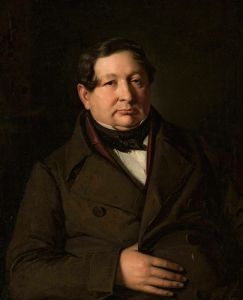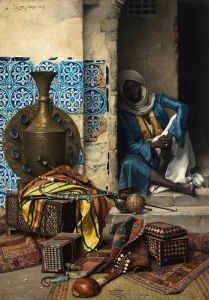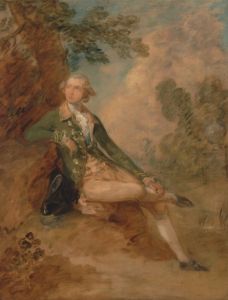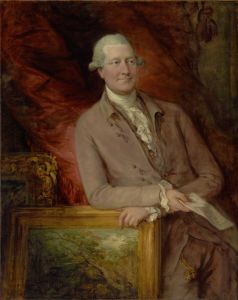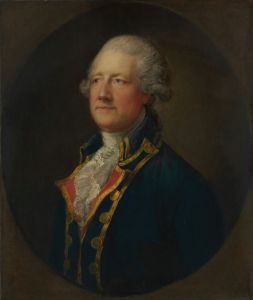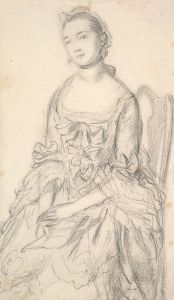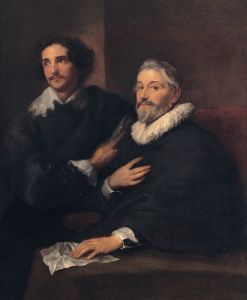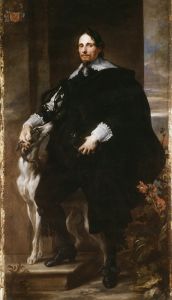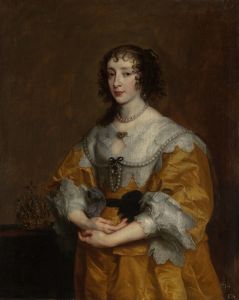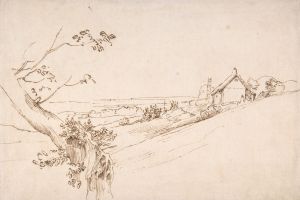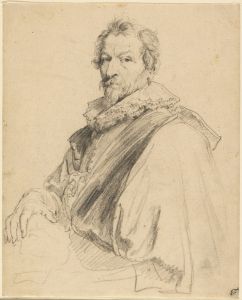
Philip
A hand-painted replica of Anthony van Dyck’s masterpiece Philip, meticulously crafted by professional artists to capture the true essence of the original. Each piece is created with museum-quality canvas and rare mineral pigments, carefully painted by experienced artists with delicate brushstrokes and rich, layered colors to perfectly recreate the texture of the original artwork. Unlike machine-printed reproductions, this hand-painted version brings the painting to life, infused with the artist’s emotions and skill in every stroke. Whether for personal collection or home decoration, it instantly elevates the artistic atmosphere of any space.
"Philip" is a painting by the renowned Flemish Baroque artist Anthony van Dyck, who was a leading court painter in the early 17th century. Van Dyck is celebrated for his portraits, which are characterized by their elegance, sophisticated composition, and the ability to capture the personality and status of his subjects. His work had a significant influence on portrait painting in England and across Europe.
Anthony van Dyck was born in Antwerp in 1599 and became a prominent figure in the art world at a young age. He was a pupil of Peter Paul Rubens, another master of the Baroque style, and his influence is evident in van Dyck's work. Van Dyck's career took him to various European courts, including those in Italy and England, where he became the principal painter to King Charles I.
The painting "Philip" is one of van Dyck's many portraits. While specific details about this particular painting are limited, it is consistent with van Dyck's style to depict his subjects with a sense of nobility and grace. His portraits often feature a refined use of color and a keen attention to the textures of clothing and the subtleties of facial expressions. Van Dyck's ability to convey the character and social standing of his subjects made him a favorite among the aristocracy.
Van Dyck's portraits typically include a realistic portrayal of the sitter, often set against a neutral or softly detailed background that emphasizes the figure. His use of light and shadow adds depth and dimension to his works, creating a lifelike presence that engages the viewer. The elegance and poise of his subjects are further enhanced by his skillful rendering of luxurious fabrics and intricate details.
Throughout his career, van Dyck painted numerous portraits of royalty and nobility, and his works are housed in major museums and collections around the world. His influence extended beyond his lifetime, impacting the development of portrait painting in subsequent generations.
While specific information about the painting "Philip" is not extensively documented, it is likely that it shares these characteristics that define van Dyck's portraiture. His works continue to be studied and admired for their artistic merit and their insight into the social and cultural contexts of the 17th century.
In summary, Anthony van Dyck's "Philip" exemplifies the artist's mastery in portrait painting, showcasing his ability to capture the essence of his subjects with elegance and sophistication. His contributions to the art world remain significant, and his portraits are celebrated for their beauty and historical importance.





